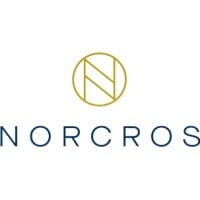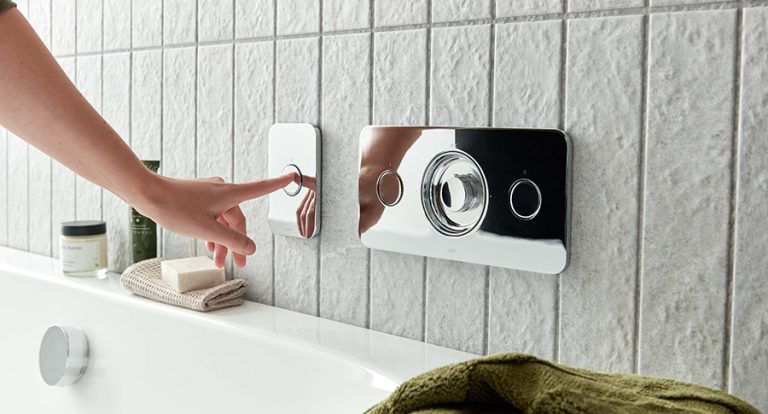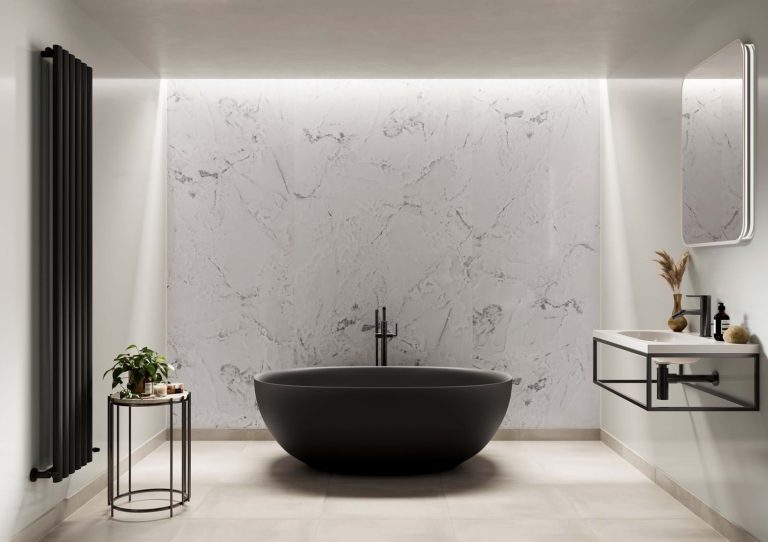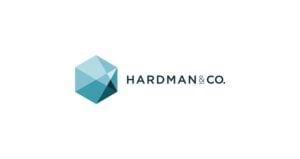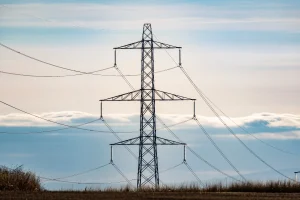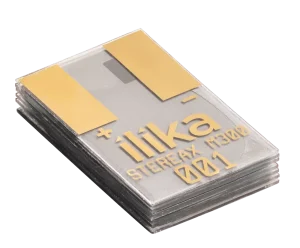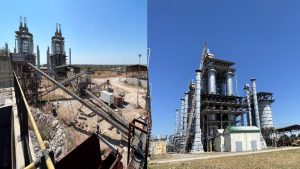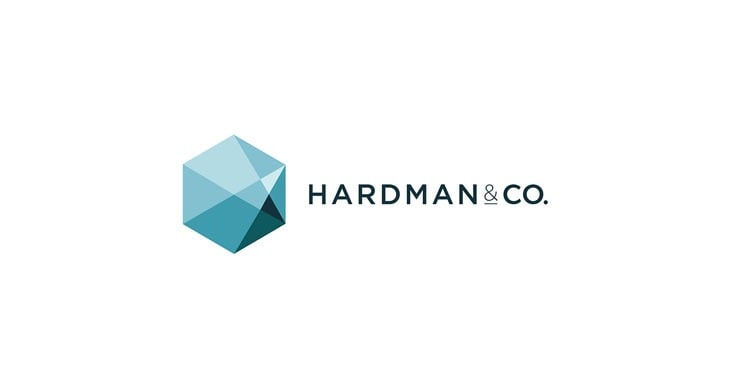The bathroom often hides its environmental cost behind tile and chrome, yet small shifts can unearth compelling value, not just green credentials. This narrative invites the reader to look beyond the surface, revealing a bathroom transformation that quietly reshapes utility bills, aesthetics and long-term home value.
In the beginning, the humble shower stands centre-piece, typically a big water user under the guise of comfort. Opting for a water-smart electric shower reframes usage. Devices such as Triton’s ENVi® range heat on demand, cutting both water and energy without sacrificing experience. Tidy digital controls let homeowners track usage and adjust habits, turning what might feel like indulgence into intentional efficiency.
Next, consider surfaces that tell a different story of sustainability. Bamboo vanities, reclaimed timber jambs, ceramic tile and recycled glass surfaces bring natural resilience and character. These materials often age better than plastic counterparts and carry lower embodied energy, while serving as tangible, stylish evidence of conscious design. Such materials balance style with stewardship as beautifully as they do texture with reduced environmental burden.
Water conservation lies at the heart of the green bathroom revolution. Matching low-flow taps, aerators and dual-flush toilets trims usage significantly, often thousands of litres per year, without compromising functionality. Yet water savings are only part of the equation: pairing this hardware with refillable glass cleaning bottles and natural enzymes, rather than disposable plastic and chemicals, reduces waste and indoor air toxins. These swaps may seem small, but deployed across households they compound dramatically.
Thermal efficiency too plays a material role. Heat escapes fast in poorly insulated spaces, encouraging longer warm showers and wasted energy. Smartly insulated underfloor systems with programmable timers, paired with effective ventilation, guard against mould while conserving heat. It’s a move that allows warmth control rather than response, and that resilience appeals to long‑term homeowners wary of rising energy costs.
Illumination, often overlooked, becomes a tool for efficiency and mood. LEDs use a fraction of the energy of older bulbs and last far longer. Choosing warm‑tone LEDs maintains a spa‑like ambience that encourages shorter showers without feeling austere.
Even the smallest design choices amplify eco-impact. Glass shower screens replace plastic curtains, swapping ephemeral for enduring. Accessories in metal, wood or bamboo resist landfill entry better than lower-cost synthetic counterparts. Even embracing bar soap and bamboo toothbrushes over plastic bottles marginally reduces micro-waste, a small nudge within a broader redesign mindset.
Many wonder if sustainability demands a premium. While selected tiles or smart shower systems may cost more initially, they tend to outlast generic alternatives. More crucially, utility savings, reduced replacement frequency and home value uplift often offset upfront outlay in only a few years, especially in a rising-cost energy context. In some cases, smarter tech can even guard against fuel poverty for broader consumer segments.
And sustainability doesn’t mean sacrifice in style. On the contrary: well-chosen natural materials, considered colour palettes, minimalist hardware and discreet eco-tech combine to offer bathrooms that feel modern, calm and curated, not clinical or compromise-driven.
Ultimately, creating a truly sustainable bathroom is not about installing a collection of gadgets. It’s about a coherent design philosophy where water, energy, material choice and aesthetics align. From the intuitive water-efficient electric shower to the tactility of bamboo and the soft glow of LED, every detail is deliberate. By reframing efficiency as design, the bathroom becomes both a sanctuary and a statement: functional, resilient, and quietly remarkable.
This strategy outlines a cost-conscious, future-facing renovation model. It positions eco-conscious materials and technologies not as expenses, but as durable assets that enhance home value, lower bills, and appeal to environmentally aware markets.
Norcros plc (LON:NXR) is a leading B2B producer of branded bathroom and kitchen products for its UK, South African and selected export markets. The portfolio of eleven operating companies (7 UK, 3 South Africa) is characterised by strong individual brands, together providing product breadth and channel diversity from a strong supply chain base.


